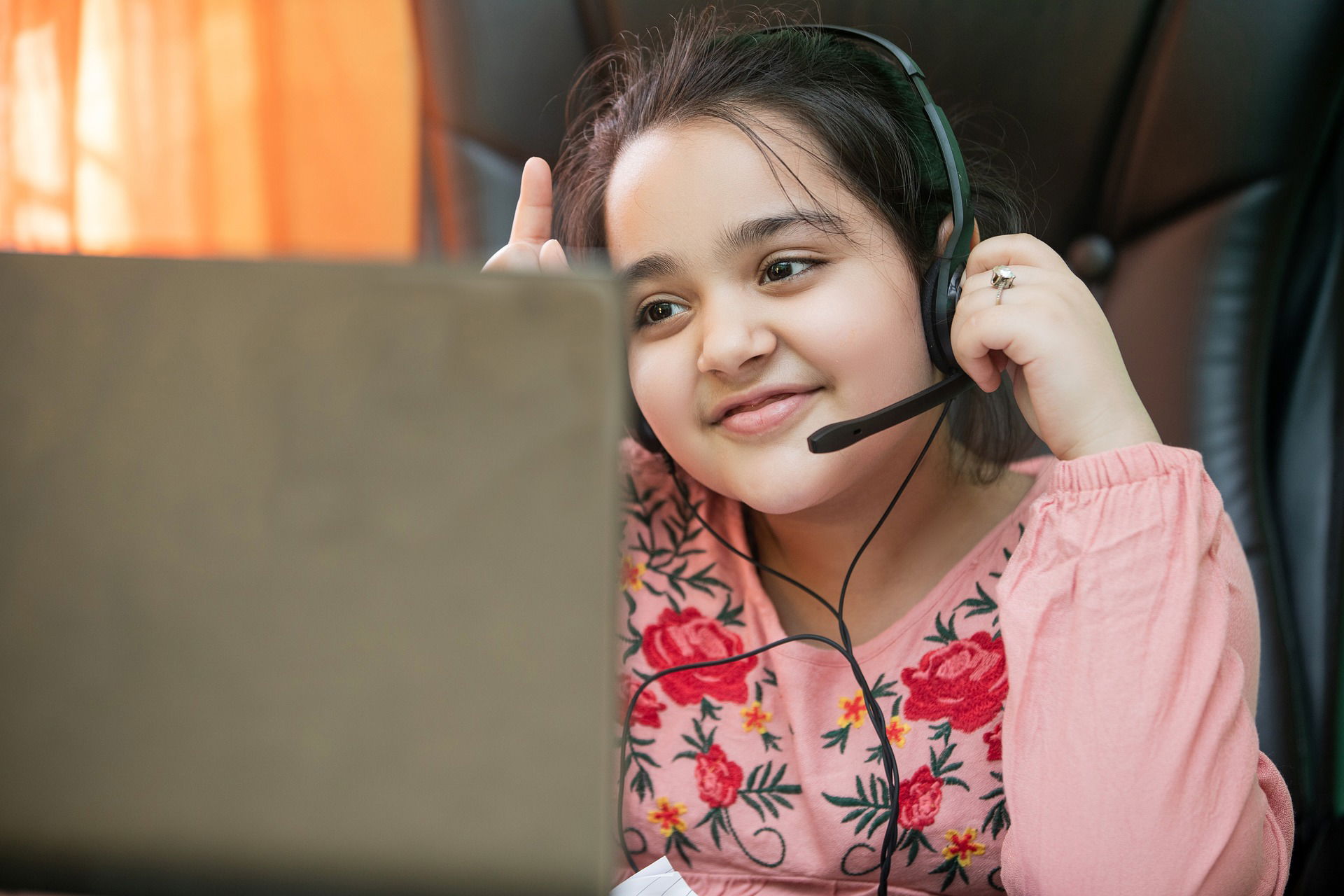CONTEXT FOR BLENDED LEARNING MODELS
Blended learning approaches combine face-to-face and virtual (online) learning and instruction. Blended learning typically involves a mix of:
- traditional instructor-led training
- synchronous online activity like online meetings, virtual classrooms, web seminars/broadcasts, coaching, instant messaging, conference calls
- asynchronous self-paced study with documents and web pages, web/computer-based, training modules, assessments, tests and surveys, simulations
- recorded live events, online learning communities and discussion forums.
Supplementing face-to-face teaching with online experiences are excellent ways for students to engage in learning at their own pace in more personalised ways being guided by input and facilitation from teachers, and with peer collaboration in semi-structured learning environments.
- It means students having more control over the pace, path, time, and place of learning, students can take greater responsibility for their learning.
- It means teachers creating or adapting learning environments that work better - rethinking how class is structured, how time is used, and how limited resources are allocated.
- It means a curriculum focus on local resources and collaborative work around real-world issues with engaging online interactive activities facilitating self-directed learning.
- It means delivery platforms enabling peers to co-create, co-write and converse and teachers to oversee and support plus engage in online assessment and provision of timely feedback.

The shift in ways of teaching and learning remotely has proved challenging for students, teachers and parents. Many schools did not overhaul the concept of teaching and learning nor ‘pivot’ rapidly or smoothly from face-to-face to remote learning with a clear strategy in place. This is not to criticise but to reflect on what we have learned and can apply in the event of comparable crises and turbulence in the future.
The initial evidence indicates that those schools and systems more agile in their transformation were those with investment in online learning and digital technologies. Teachers and students were comfortable and prepared to work in an online learning environment; and to use platforms, interactive digital resources, collaborative tools and approaches to pedagogy including online teaching and learning that will supplement their fundamental skills face-to-face (blended approaches).
There were already inroads into effective digital and blended (or what some refer to as ‘hybrid’) models of teaching and learning. These serve many purposes, not as a substitute for brick and mortar schools but to enable more young people in less advantaged areas to access schooling; to provide access to great online open source resources and to aspects of interactive and cooperative learning in different ways with more relevant face to face experiences; to enable kids to take greater control of their learning and to have an option for anytime, anywhere learning; and to give them access to teachers and courses globally they may not otherwise be able to readily access locally. It’s called schooling in the 21st century.
These models are predicated on:
- availability of skilled teachers who have prepared, trained and had opportunities to engage in adapted teaching and learning practices; and who have in turn engaged learners in better preparing them for these different and exciting modes of learning
- a move towards online adaptive assessment where suitable test items for each student are derived from their responses. This enables all students to experience both success and challenge and enables teachers, schools and systems to identify concepts that require further attention and work
- technology as an acceptable and available medium ie schools and education systems reflect on the extent to which they have the digital and tech infrastructure and well trained and prepared staff, students, parents, to: create and engage in effective online teaching and learning environments; access and use digital assets and resources; and deploy and interact on customised learning management systems
- a distinctive teacher presence beyond applying face-to-face know-how to the online world and how to ‘work differently’ as they integrate the online into the total teaching and learning experience
- school and system leaders that can develop and sustain a culture that encourages innovation, is accepting of change and risk and looks to overcome issues, and to challenge students to do better, and engages external expert advice and support when required.